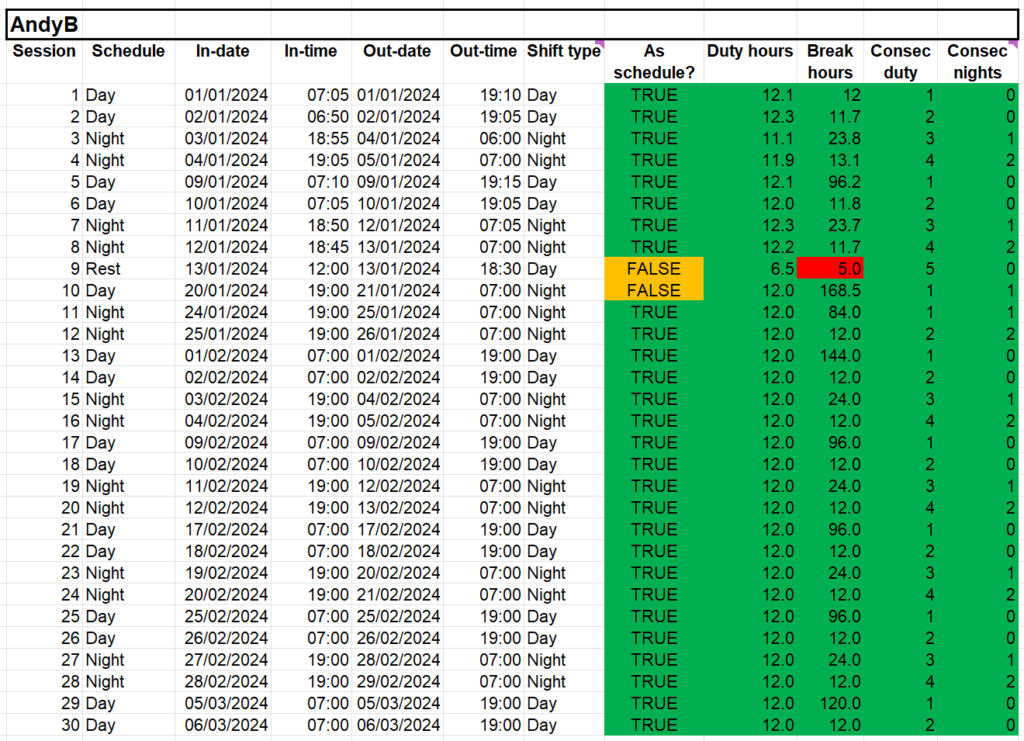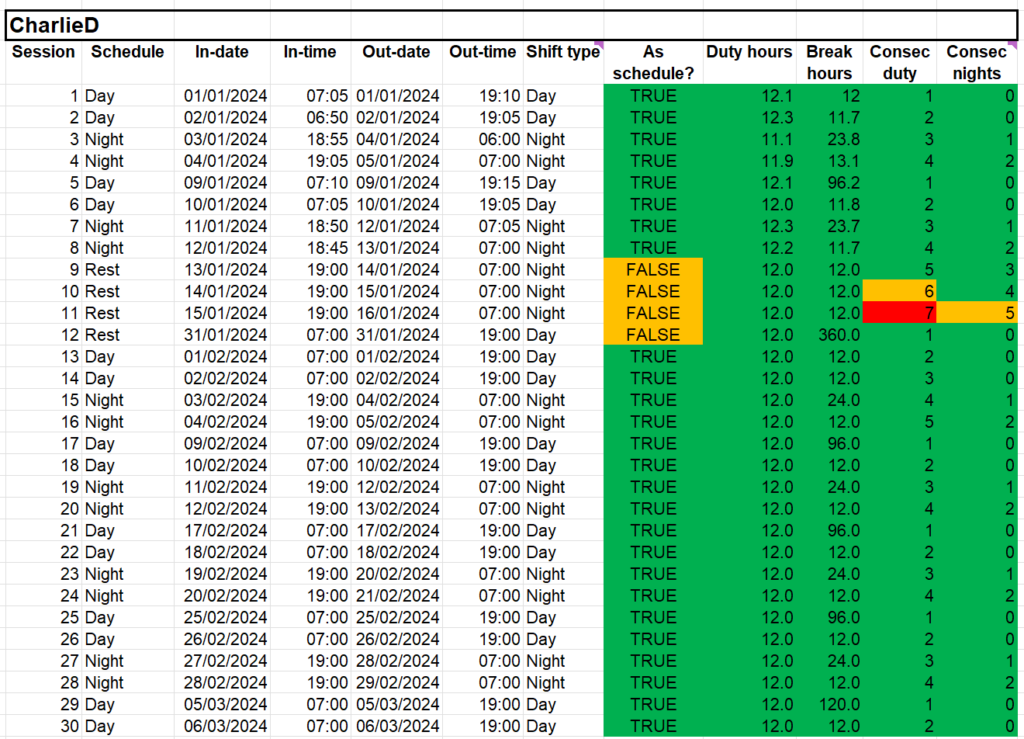I have been asked a number of times by clients to review their shift patterns with regard to fatigue. I have struggled to find guidance that covers all the relevant issues. There is plenty of talk about fatigue but it often viewed in isolation. Although the term ‘fatigue risk’ is often used it actually makes very little sense. Fatigue is not a risk.
Companies need to manage health and safety risks to ALARP. Fatigue contributes to the risk, but so do many other factors. Arrangements recommended to manage fatigue could increase rather than decrease H&S risks.
In an attempt to fill the gap I have developed my own guidance. I explain how fatigue needs to be considered alongside other issues. For example, making sure there are sufficient competent people to satisfy safe staffing arrangements. Also, ensuring safety critical communication is effective.
I have also developed an example fatigue management procedure that companies can copy and adapt to their circumstances. I note that very few of my clients have effective procedures.
Links to the guide and procedure:
https://abrisk.co.uk/wp-content/uploads/2024/10/ABRisk-Fatigue-Management-guide.pdf
https://abrisk.co.uk/wp-content/uploads/2024/10/ABRisk-Fatigue-Management-procedure.pdf
One thing that bothers me is that there is plenty of talk about how fatigue but researchers and companies seem to shy away from actually looking for the areas of concern.
Focussing on shift work, we have some very clear guidance about what may be considered acceptable (e.g. shift duration, number of consecutive shift, length of break etc.) and it is very easy to compare a shift pattern with that guidance to identify any deviations. Experience shows me that people often work different days / hours to their schedule, but I rarely (if ever) see any sort of analysis to determine if this is a concern.
It is really not difficult to analyse hours worked. Set some rules or guidelines about what is acceptable, download data about hours worked by individuals (if you don’t have that data you are non-compliant with working time regulations) and compare. To prove it can be done easily I created an Excel spreadsheet with simple formulae and conditional formatting. Once set up it would be a very simple task to review hours being worked and flag up concerns.
The images below show a fictitious example. The Spreadhseet can be downloaded here. The fatigue indicators were as follows:
* Departure from schedule
* Shift duration > 13 hours (amber) > 14 hours (red)
* Break duration between shifts < 11 hours (amber) < 10 hours (red)
* Consecutive days on duty > 5 (amber) > 6 (red)
* Consecutive night shifts > 4 (amber) > 5 (red)
This is less about the ‘tool’ and more about why are people still writing about fatigue and not using data about hours being worked to illustrate how big the problem is?



